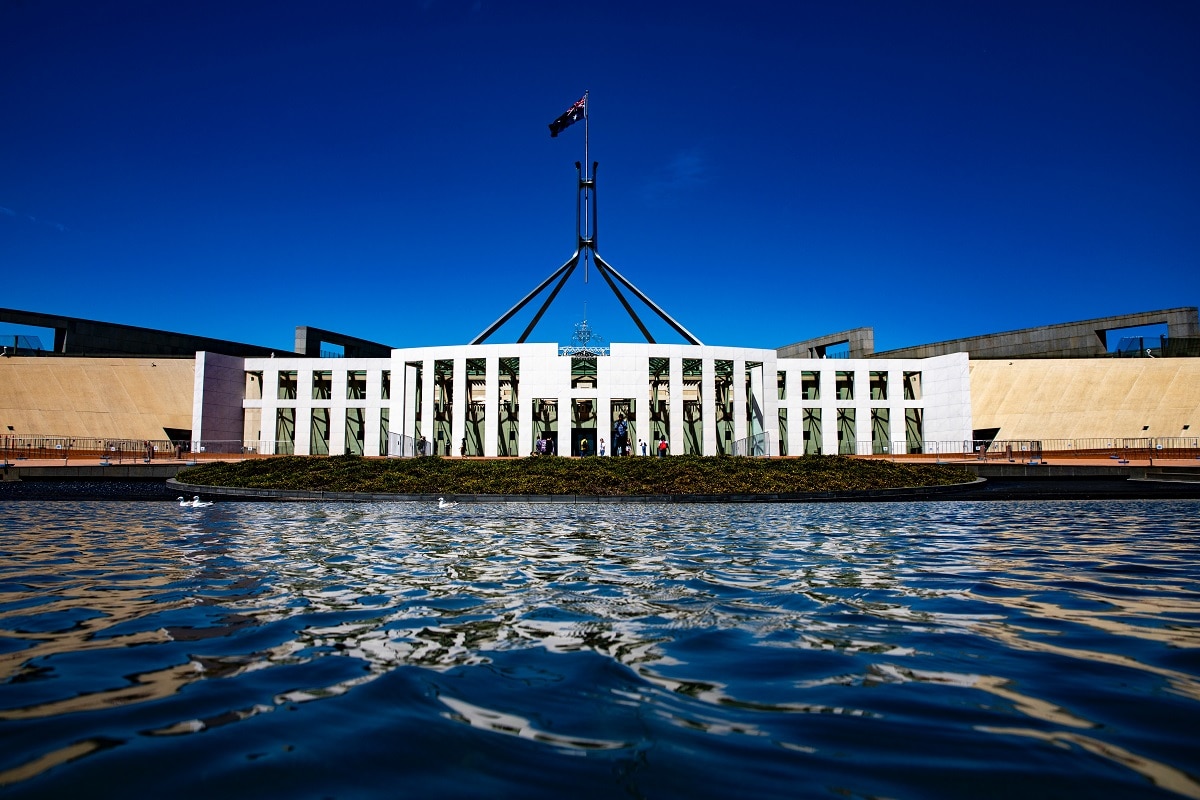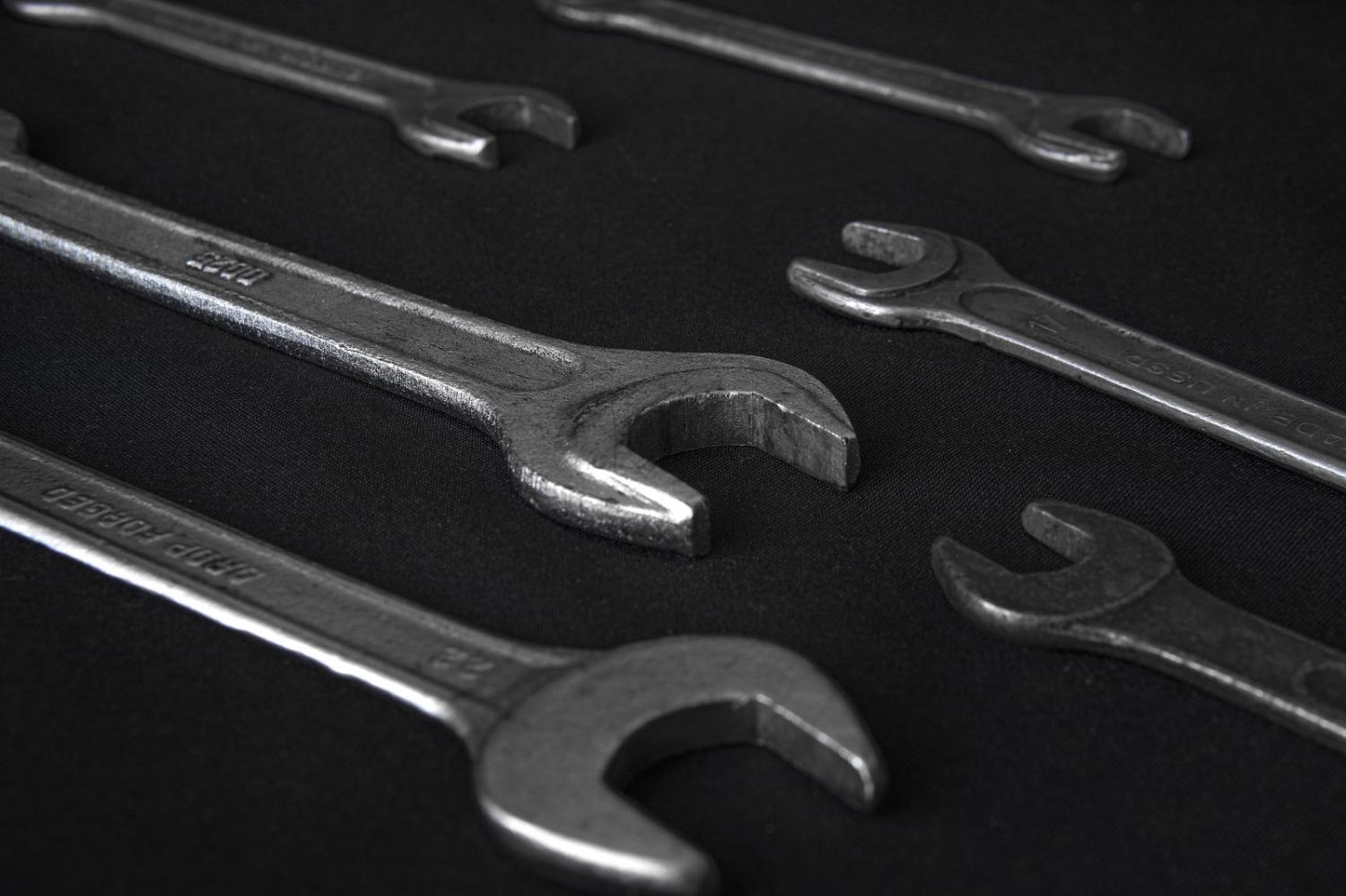Australia has good reason to be confident about its place in the Indo-Pacific according to the latest edition of the Lowy Institute’s Asia Power Index. The Index paints a picture of multidimensional statecraft that makes Australia an “overachiever” as an international actor: exerting more influence in the region than its raw capabilities might suggest. Australia’s strengths lie in its highly connected and externally oriented outlook: a strong network of defence partnerships, its open democratic governance, its abundance of resource wealth and trading relationships, and an ability to maintain a favourable demography through immigration. Moreover, Australia’s geography situates it in one of the world’s more dynamic regions, while also providing enough distance to make direct armed attack unlikely.
Yet, with power shifting in the region, Australia cannot afford to rest on its laurels. Power is relative, so even to maintain its current influence, Australia needs to be ever vigilant about the efficacy of its statecraft. More will be asked of Australia in regards to regional stability, with the Index showing that Asia has become less resilient since Covid-19, with development and security needs only growing. New research from the Asia-Pacific Development, Diplomacy & Defence Dialogue (AP4D) tackles this challenge, asking how Australia can best use all its tools of statecraft in practice.
An “all tools of statecraft” approach means the complex machine of Australian international policy understands how each of its constituent parts works, what their respective strengths are, and how they can work together for maximum effect. We identify three areas where there is clear scope to improve policy and decision-making.
First, cabinet decision-making. The structure and processes of Australia’s cabinet committees – the top table for decision-making on international policy – should be examined. The trade minister is not currently a member of the National Security Committee, meaning trade and overseas investment interests are not directly represented. The powerful Expenditure Review Committee, which controls government spending, also lacks an explicit structure for considering international policy. Overall, cabinet processes at the political and bureaucratic level could benefit from review to enhance their long-term planning capacity and properly consider all tools of statecraft in their decisions.

Second, collaboration mechanisms. Currently, the structure of government and existing mechanisms for collaboration can struggle to accommodate issues that have bearing on more than one policy area. This is unavoidable to some extent given the need for delegation and clear lines of responsibility. The contemporary reality, however, is that almost by default most major foreign policy problems require collaboration across government.
Australia has demonstrated a capacity for highly effective coordination in crises. Its responses to the downing of Malaysian Airlines Flight 17 and the 2004 Boxing Day Tsunami are some examples. The common denominators? A clear political direction, a strong idea of optimal outcomes, a central coordinating mechanism, and good cooperation between branches of government.
Australia’s challenge is to achieve similar outcomes at the macro level, including consistently coordinating policy and action over the long term on the big, open-ended strategic issues: great power competition, enduring alliances and partnerships, human and environmental security. That requires strategic planning and the execution of coherent strategies in the absence of urgency and where objectives evolve iteratively.
Existing mechanisms for coordinating policy are necessary but not sufficient. Australia’s conventional bureaucratic processes – such as cabinet submissions and “interdepartmental committees” – are themselves not effective means for eliciting input and integrating perspectives and resources because they come too late in the policymaking cycle. What is needed are more flexible structures for interdepartmental work that foster collaboration throughout the policy cycle. A culture of innovation and experimentation will help, encouraged by agency heads and aided by better information-sharing tools and processes.
Finally, Australia requires a “bureaucratic engine room”. Presently, there is no bureaucratic body with the clear authority to develop integrated strategies and coordinate the tools of statecraft across government (and more broadly with non-government actors). Neither the Department of Foreign Affairs and Trade (DFAT) nor the Department of the Prime Minister and Cabinet (PM&C) have a clear and consistent mandate or the resources to perform this role.
An organising bureaucratic entity with a clear mandate to run international policy could conduct long-term planning and coordinate action. This would mean having full visibility over the international policy and engagement of all government agencies. It could also function as a standing body to develop and guide implementation of whole-of-government strategies without having to establish a special task force.
DFAT is probably best positioned for this, extending its current role. This would mean clearly mandating DFAT to lead and coordinate international policy across government, while also providing it the resources to run integrated policy development when needed. An alternative model would be to boost the central coordination function of PM&C. This would be preferable for a wider remit encompassing both international engagement and national security.
Australia has incredible advantages and assets. But to remain an overachiever in Asia, it must find ways to do more with less. One place to start is better coordination and integration of policy and action, to realise the multiplying effects of different instruments of statecraft working together.
This piece draws on an AP4D report, What does it look like for Australia to use all tools of statecraft in practice, funded by the Australian Civil-Military Centre. AP4D thanks all those involved in consultations to produce the report.

